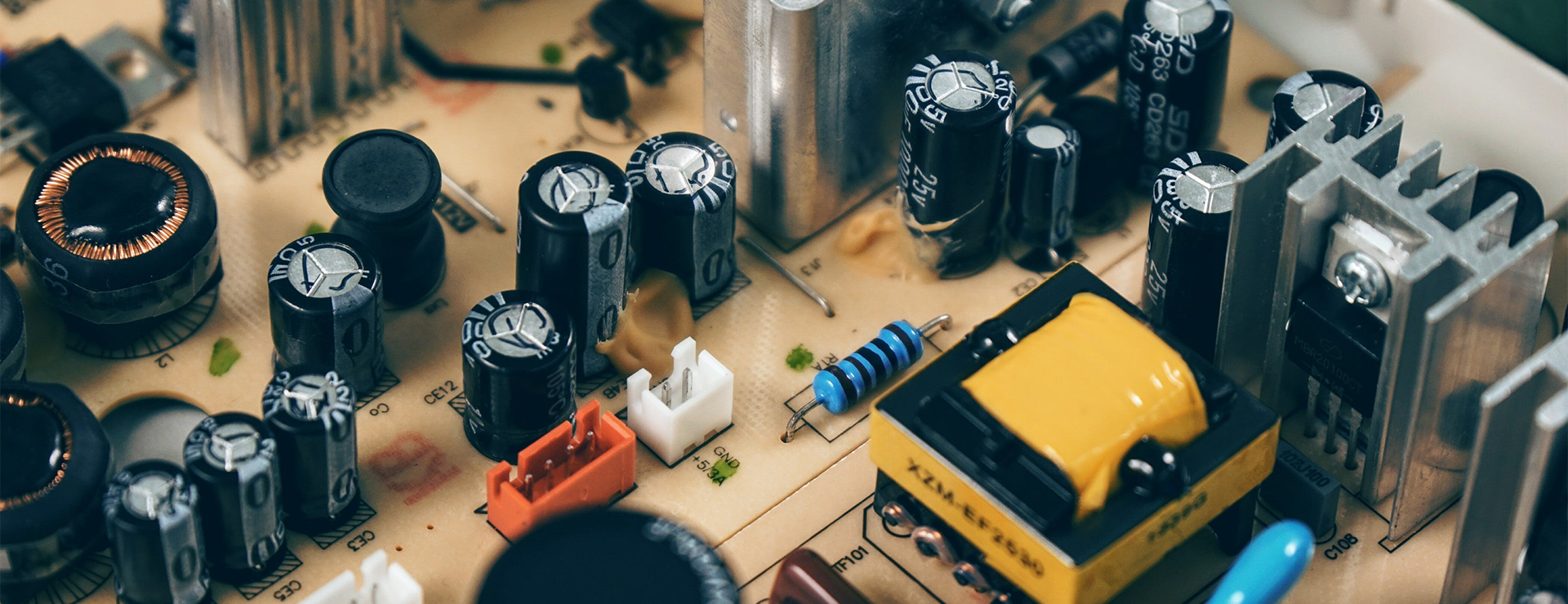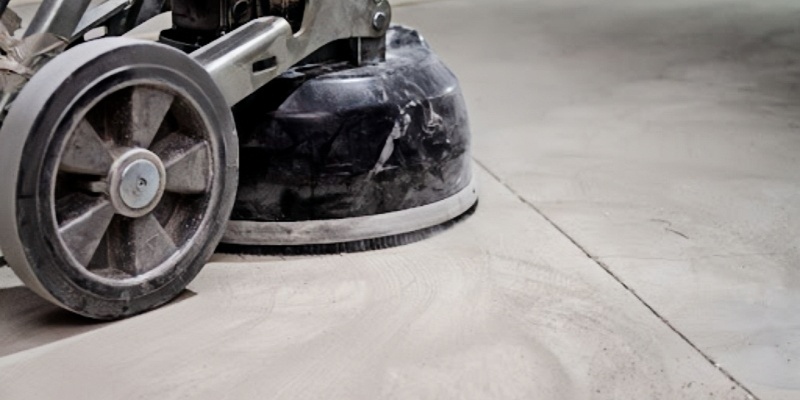How do you detect leakage current with sensor?
Detecting leakage current with a current sensor requires a keen understanding of electrical systems and a precision-driven approach. Leakage current(Leakage current sensor), often an elusive culprit in power circuits, can cause safety hazards and lead to inefficient use of energy. In order to combat this hidden enemy, a current sensor comes to the rescue.
The true essence lies in the intricate workings of a current sensor, which acts as a silent observer within an electrical system. Its ability to sense and measure the flow of electrical current is unparalleled, providing a window into the inner workings of the system. With their advanced technology and sophisticated design, current sensors are capable of pinpointing even the tiniest fluctuations in current, including leakage current.
But how does this magic unfold? Let us delve into the realm of detection. Once a current sensor is strategically placed within the system, it diligently monitors the passing current with an unparalleled level of accuracy. Its senses become heightened, attuned to the slightest hint of any unwanted current leakage.
As the current sensor detects a variance from the expected norm, it triggers a cascade of actions, alerting the vigilant engineer to the presence of leakage. Swiftly, investigations ensue, as the skilled professional unravels the mystery of the current's escape. With meticulous scrutiny, the origin of the leakage is traced, rectifying the flaw and restoring the system to its optimal state.
The language of a current sensor is delicate, yet stern, conveying its findings with poise and conviction. It unravels the intricacies of the electrical system, transforming technicalities into a narrative that captivates its audience. Through carefully crafted prose, it inspires curiosity, arousing a desire to explore the depths of current detection further.
Beyond the realm of detection, current sensors possess an innate ability to inspire improvement. Armed with insights garnered from their vigilant watch, engineers can devise innovative solutions to mitigate future leakage concerns. The symbiotic dance between sensor and engineer yields ever-evolving strategies, pushing the boundaries of electrical efficiency.
In conclusion, the art of detecting leakage current with a current sensor is a harmonious blend of science and imagination. It requires the finesse of a linguistic virtuoso to articulate its intricate workings, bridging the technical and creative realms. With an understanding of this captivating process, we are drawn further into the spellbinding world of electrical systems, one current sensor at a time.

 Innovative features for a wide range of applications
Innovative features for a wide range of applications 
 The
The 
